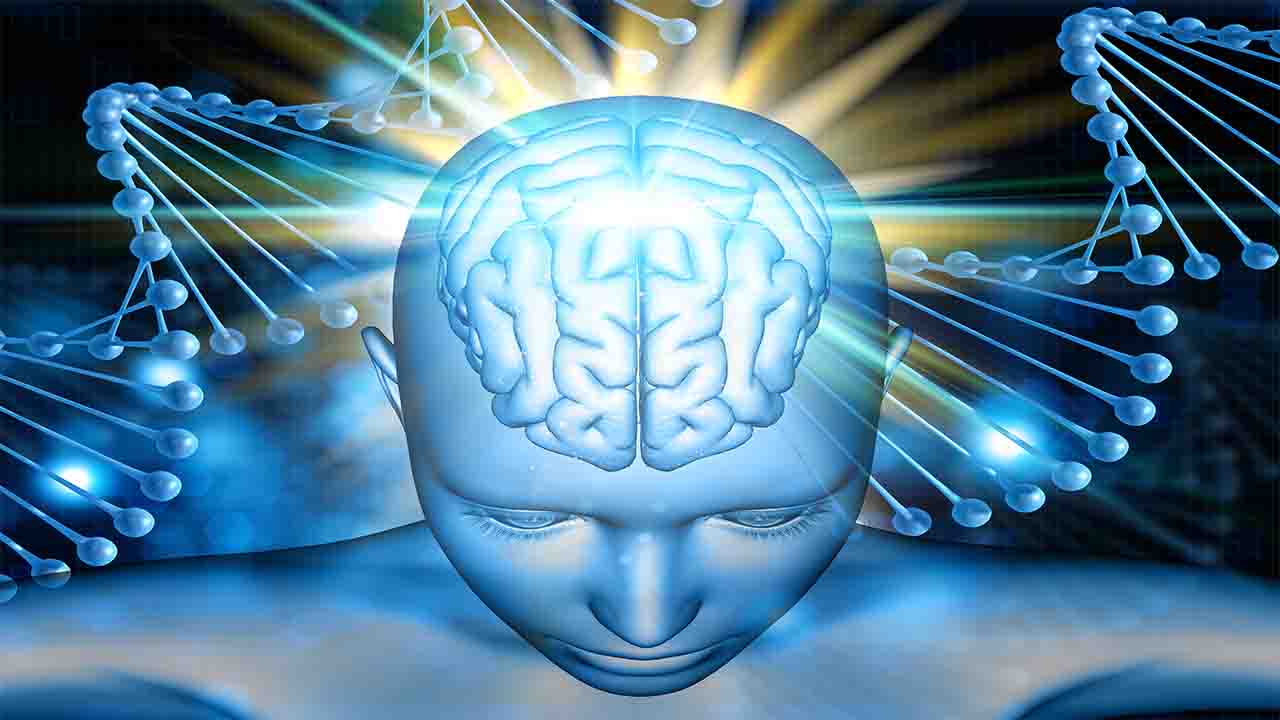The Integrated Electronics and Bio Interfaces Laboratory (IEBL) at the University of California San Diego has introduced a revolutionary method to clinically record deep brain activity. The research reveals a novel sensor manufacturing technique that allows minimally invasive, high-resolution recording as deep as 4 inches (10 cm) inside the human brain.
Innovative sensor manufacturing method
The unique method hinges on ultra-thin, flexible, customizable probes constructed with clinical-grade materials. These probes are equipped with sensors capable of recording extremely localized brain signals. Particularly, their smaller size allows for close placement, enabling high-resolution sensing in certain areas at unprecedented depths within the brain. UC San Diego electrical engineering professor Shadi Dayeh, the corresponding author on the paper says, we developed a different manufacturing method for thin-film electrodes which can reach deep brain structures – at a depth which is necessary for therapeutic reasons – enabling reproducible, customizable, and high-throughput production of electrodes but with a high spatial resolution and channel count despite a thinner electrode body.
RELATED
The probes, only 15 microns thick, which is about 1/5th the thickness of a human hair, can presently record with up to 128 channels, a significant leap compared to today’s clinical probes with only 8 to 16 channels. The researchers predict further expansion, with thousands of channels per probe potential. This advancement promises to dramatically improve physicians’ ability to obtain, analyze, and understand brain signals at a higher resolution.
The consequences of this technology extend beyond epilepsy, with potential applications in obsessive-compulsive disorder, Parkinson’s disease, obesity, high-impact chronic pain, movement disorders, treatment-resistant depression and various other disorders.
The UC San Diego Micro-stereo-electro-encephalography (µSEEG) is an important step toward wireless monitoring of patients with treatment-resistant epilepsy for long periods, up to 30 days. Professor Dayeh envisions a wireless system that allows patients to move freely at home and within the hospital environment, while continuously monitoring cortical and deep brain structures.
The investigators are actively working toward their vision of a brain-monitoring system with sensors put in deep within the brain and on the surface. This method, communicating wirelessly with a small computer system in a cap, could offer wireless power and computational infrastructure to record brain signals for up to 30 days. Dr. Dayeh emphasizes the final goal is to advance the system and related required technologies by 2026 to give patients access to a wireless system that allows them to move freely.
The study reports the positive functioning of the system in two human patients during tumor-removal surgeries. Data from several animal models, including pigs, rats and non-human primates, demonstrate the system’s versatility. Up to 10 cm in length, the probes permitted recording from deep brain structures, providing crucial insights into brain dynamics at macroscopic and single-neuron levels.
The first author Dr. Keundong Lee, expresses satisfaction with the innovative manufacturing technique, emphasizing its potential for high-resolution and minimally invasive diagnosis.
Dr. Angelique Paulk noted the significant progress from testing in 2018 to a version much closer to clinical use. Dr. Yun Goo Ro highlights the excitement of seeing his Ph.D. research translated from the benchtop to the bedside, maximizing clinical impact.
The new electrode technology holds great promise for reshaping clinical practice, mainly in epilepsy treatment. Dr. Sharona Ben-Haim envisions the potential to send patients home during intracranial EEG evaluation, providing longer recording periods and more robust information for precision treatment. Dr. Eric Halgren emphasizes the transformative potential of discerning individual voices in brain activity, similar to learning the basic vocabulary of thought.
Dr. Ahmed Raslan highlights the uniqueness of the depth electrodes, joining higher resolution recording with stimulation capability. The wireless connectivity opens doors to unrestricted environment recording, allowing sampling of various behaviors. Dr. Sydney Cash sees the potential to understand both normal brain function and pathology better, offering new ways to help individuals suffering from epilepsy and neurological issues. In conclusion, the pioneering work of the UC San Diego researchers marks an important stride in brain monitoring, assuring transformative applications in clinical settings. As the team continues to refine and advance this technology, the future of the research holds the prospect of wireless brain monitoring systems ushering in a new era of precision medicine for neurological disorders








